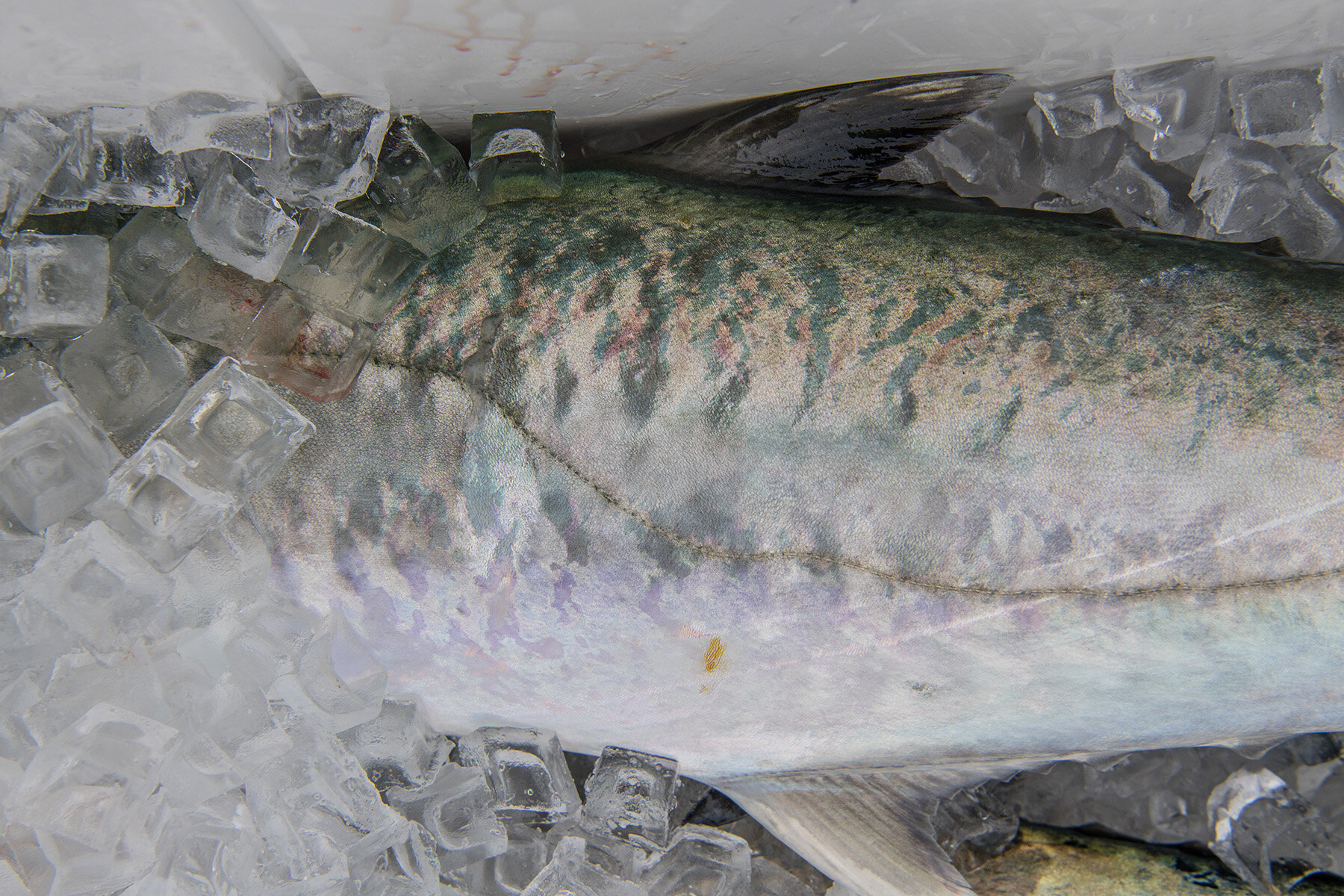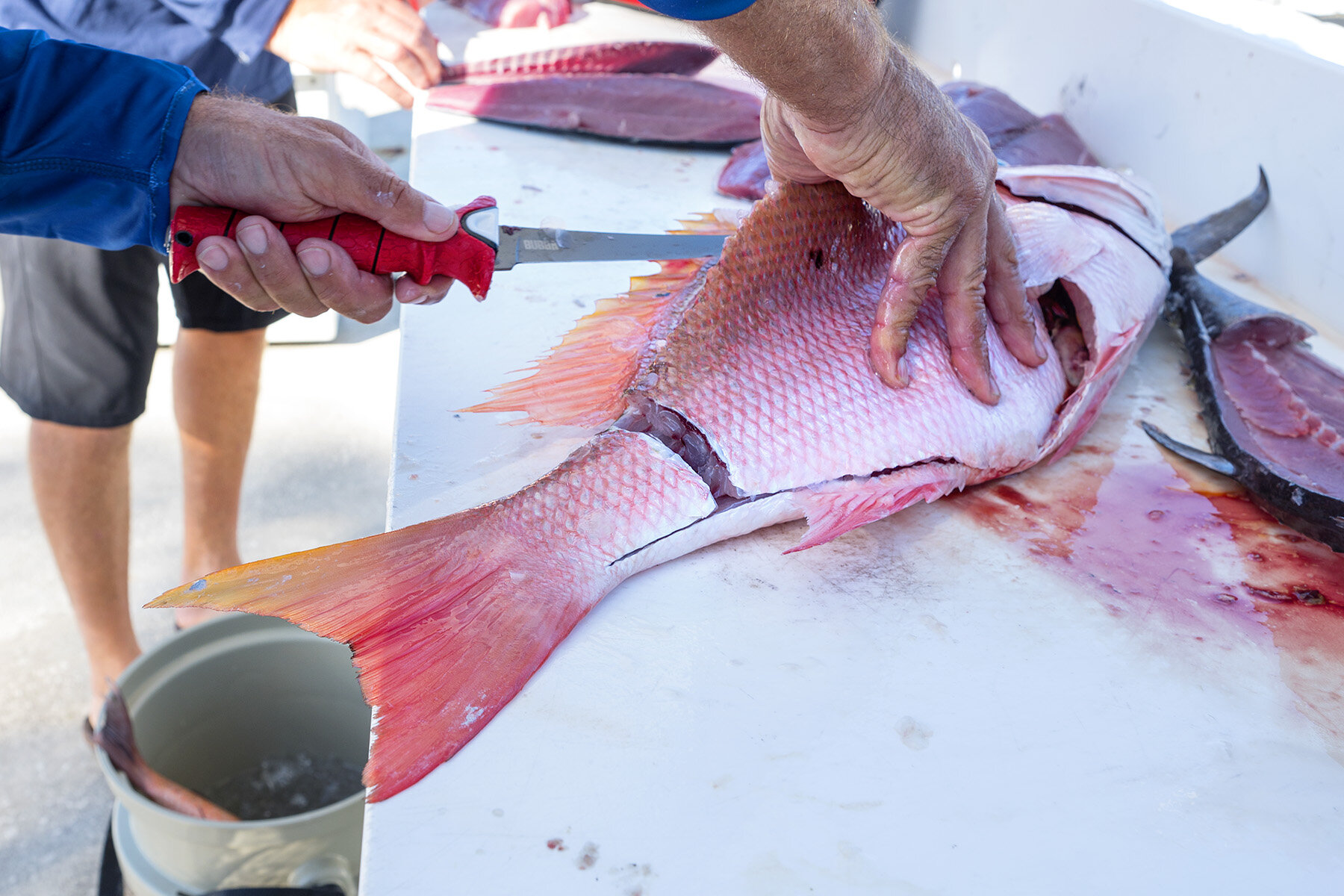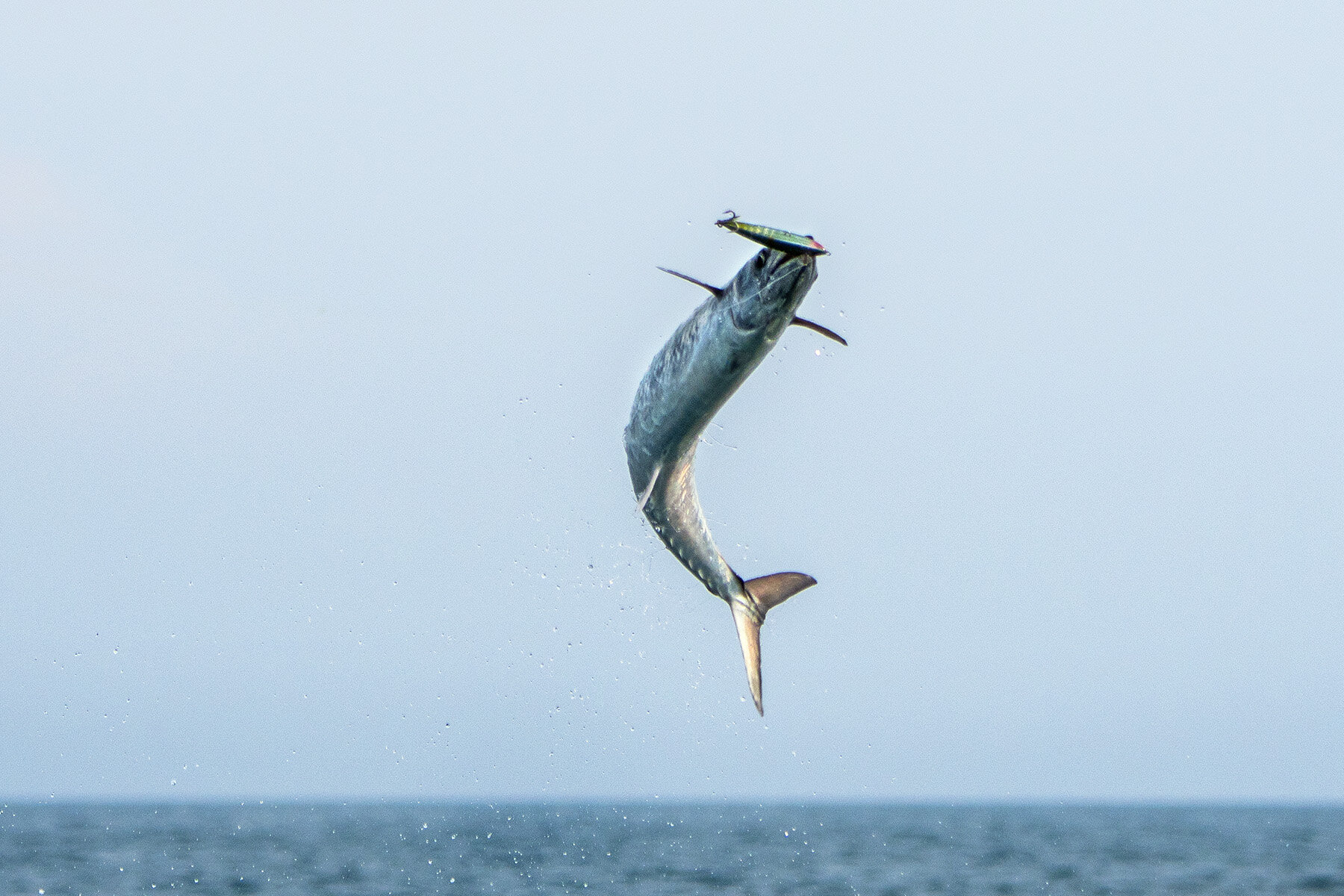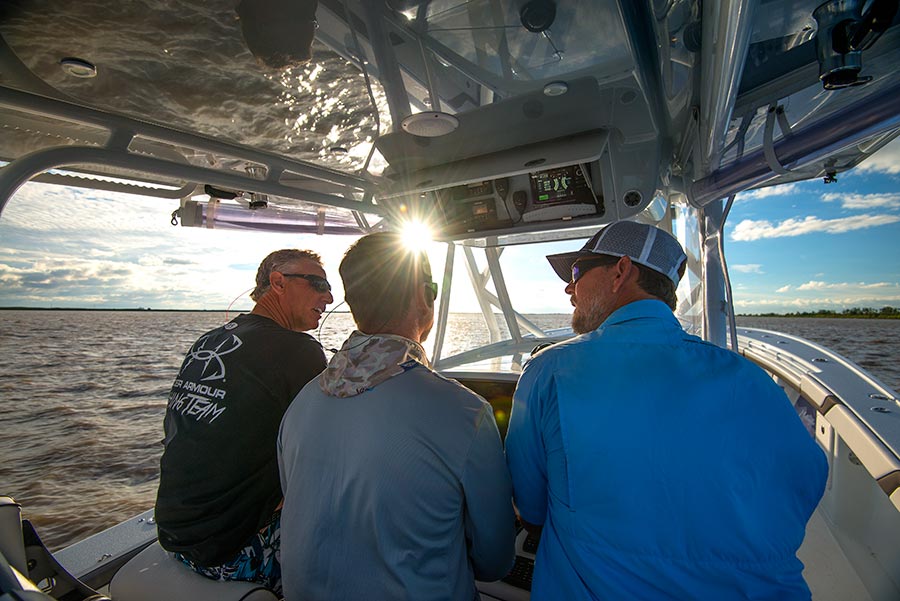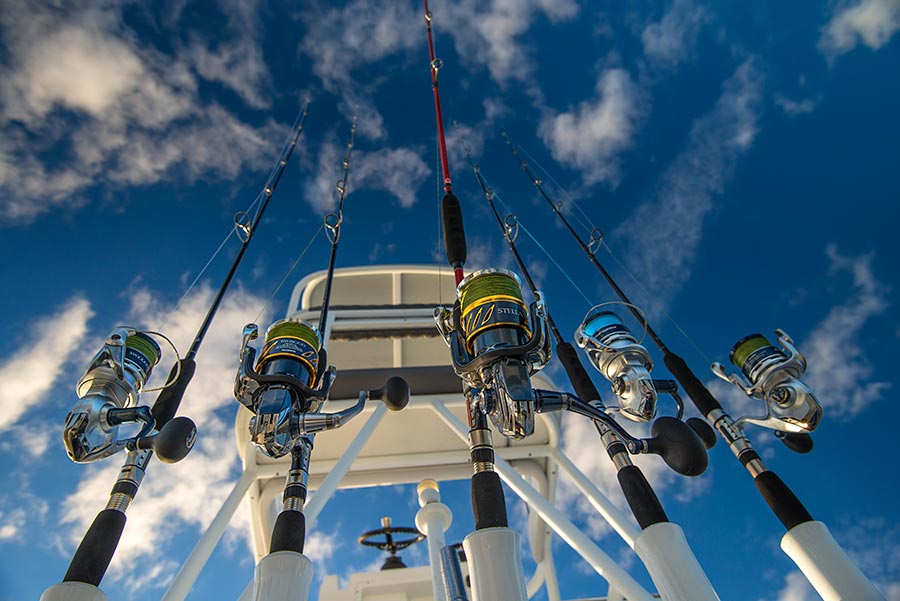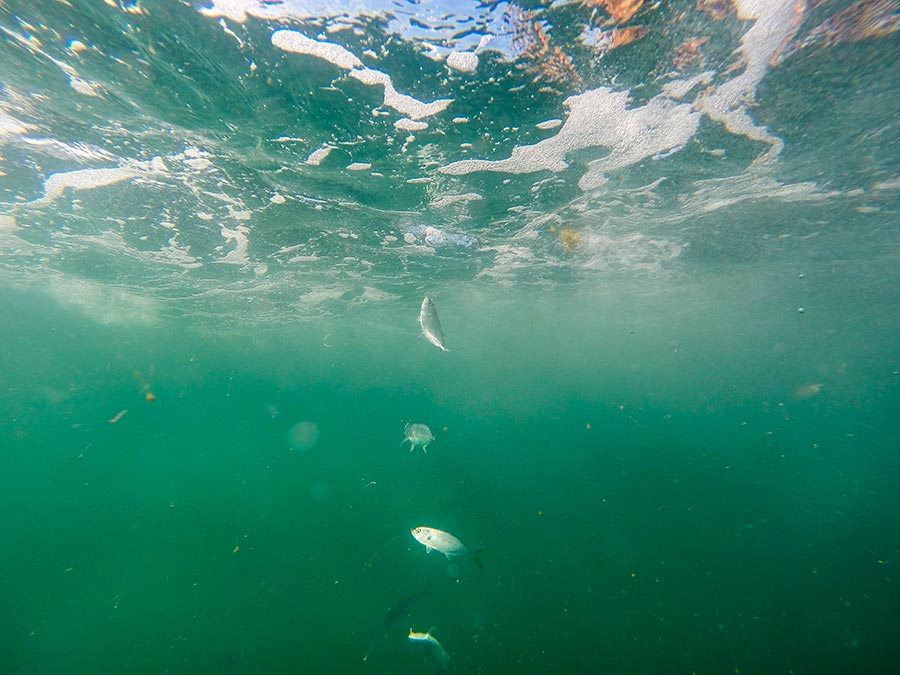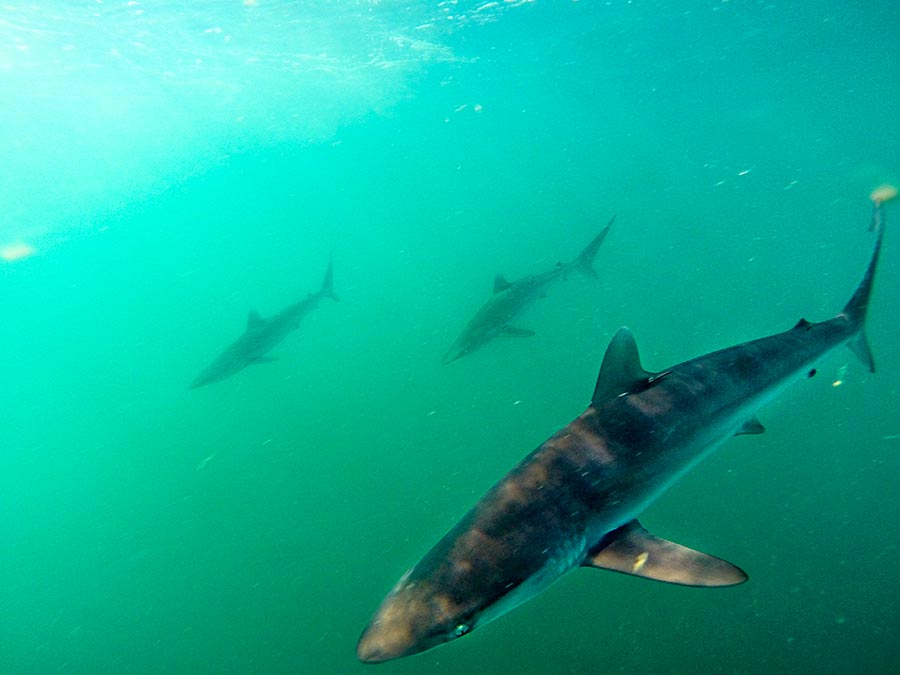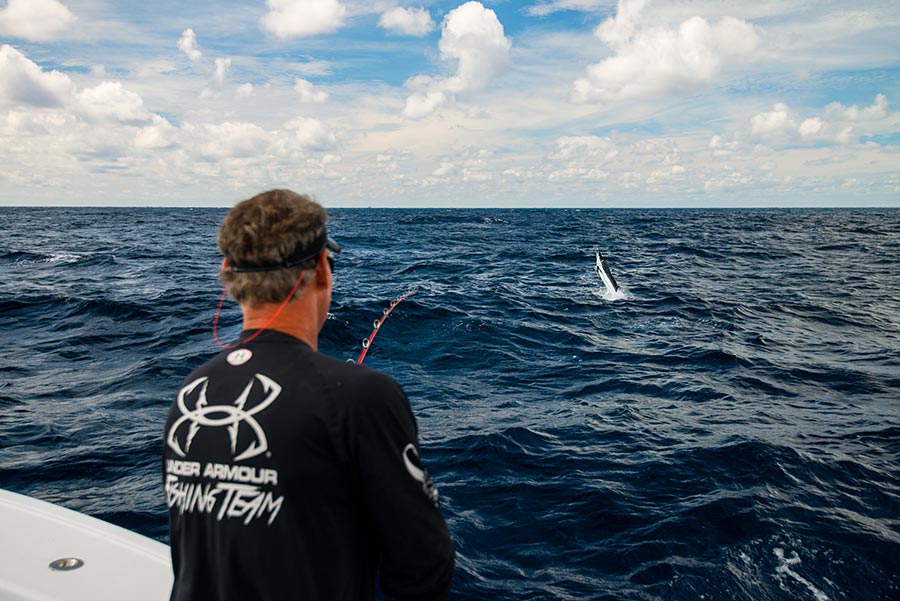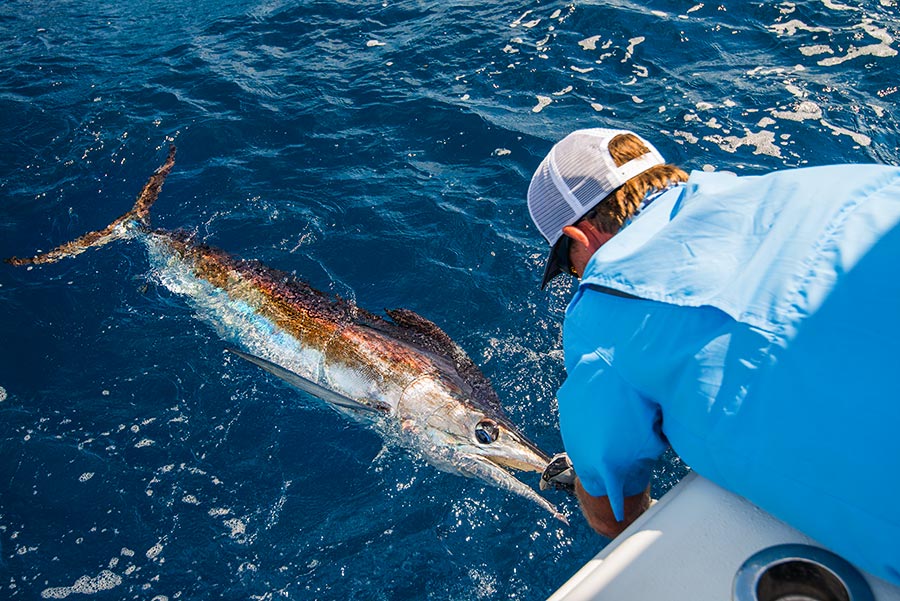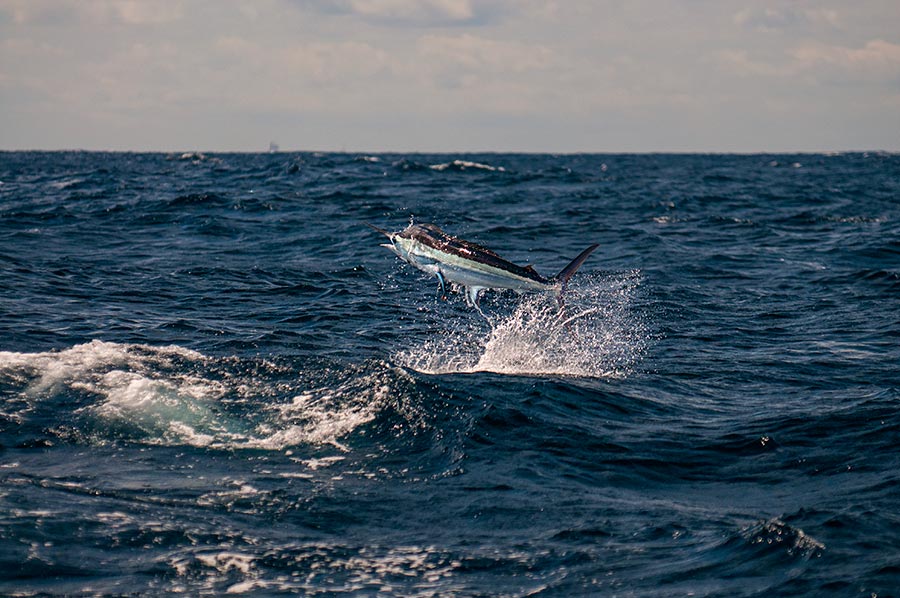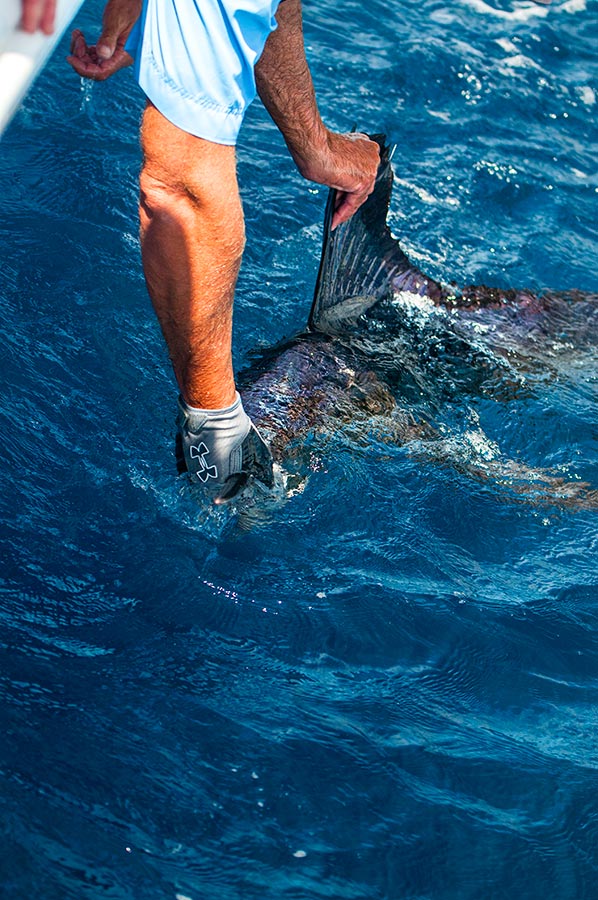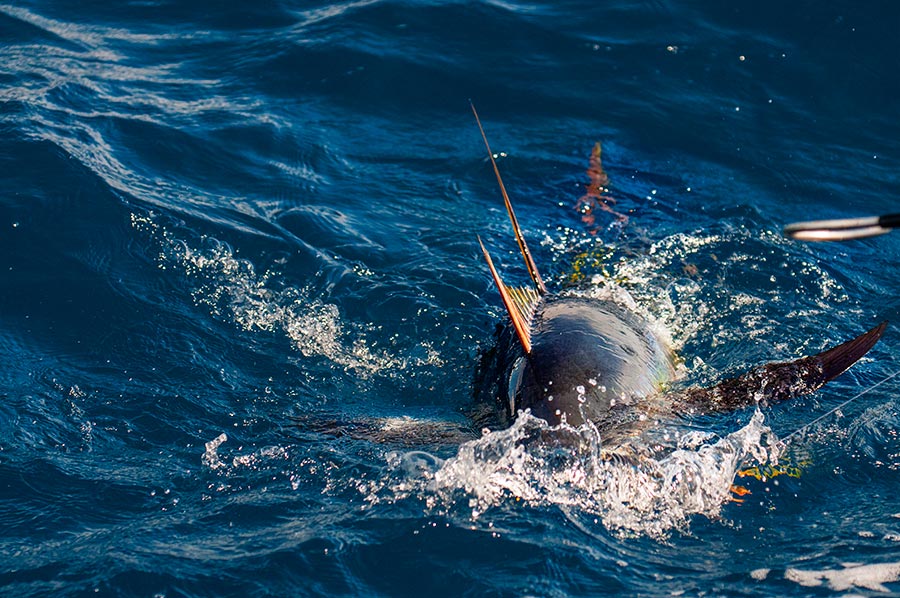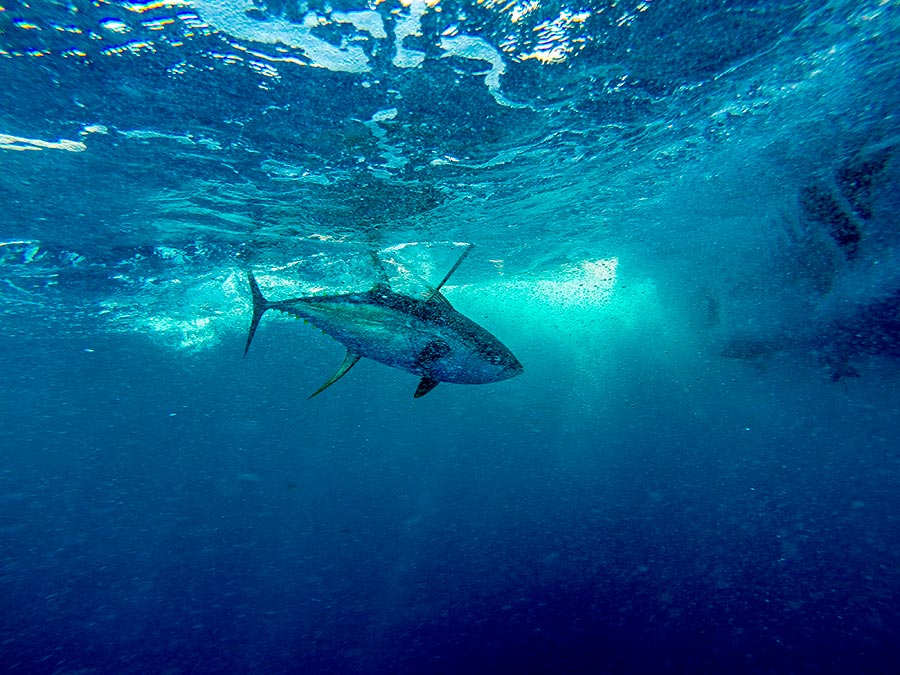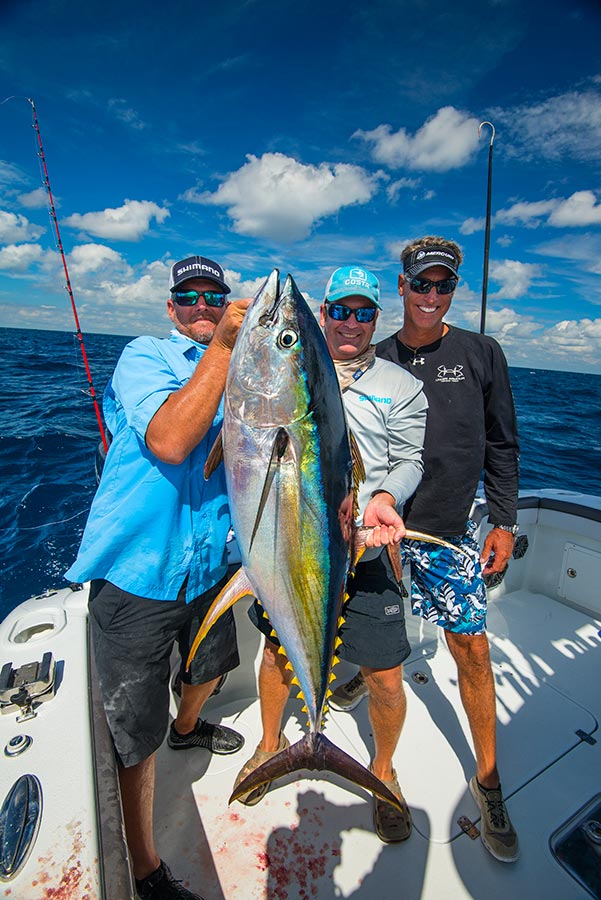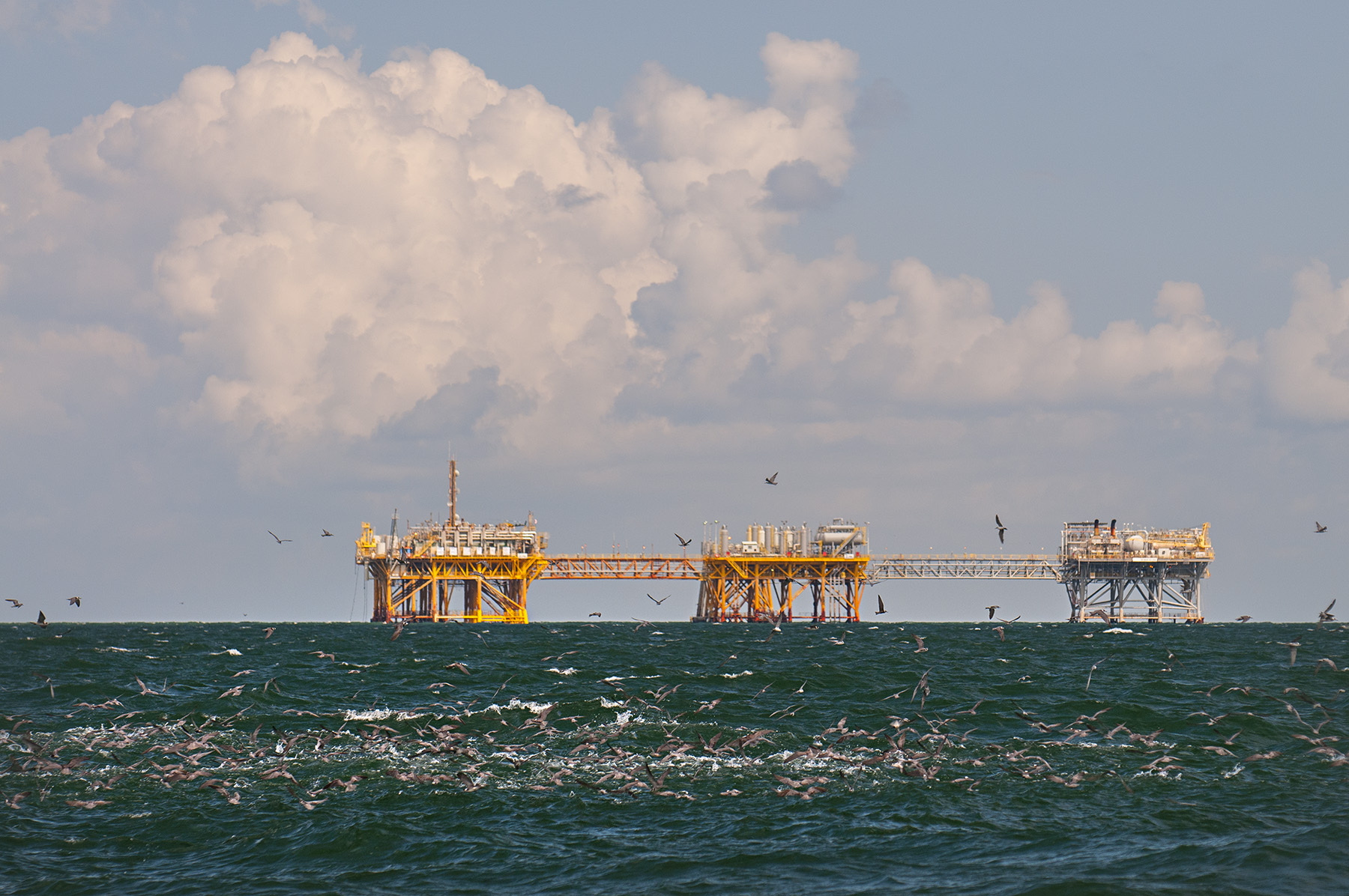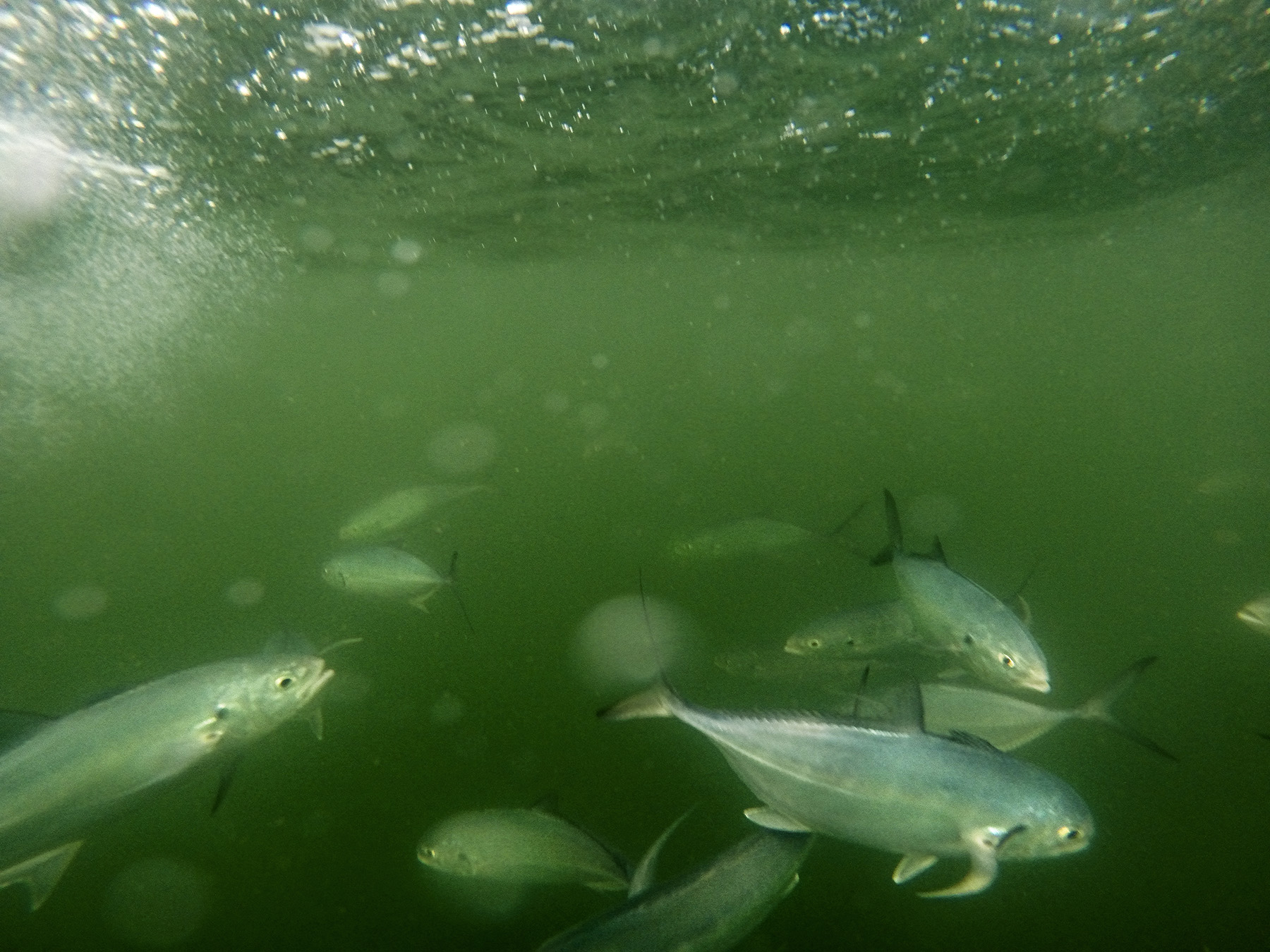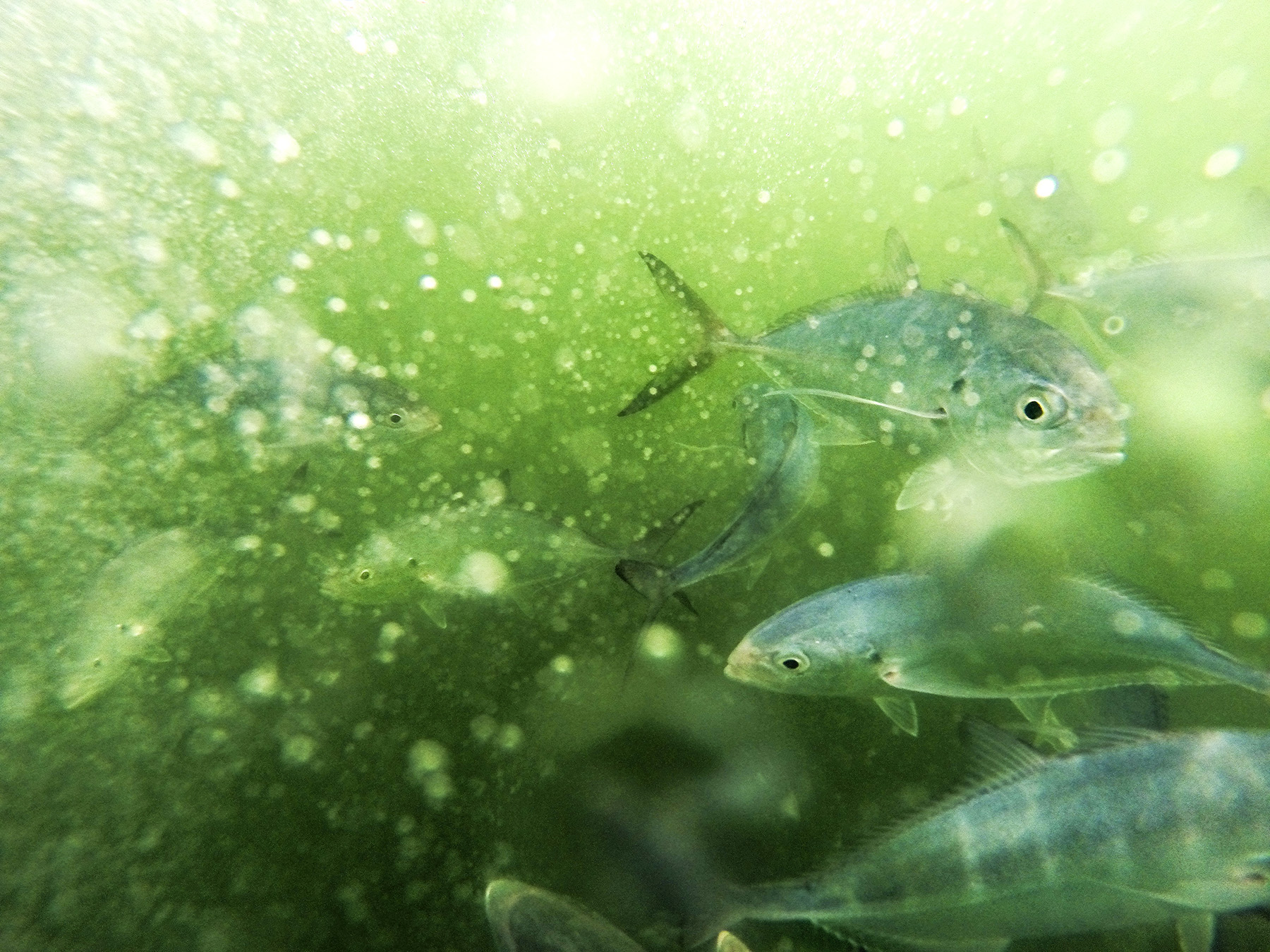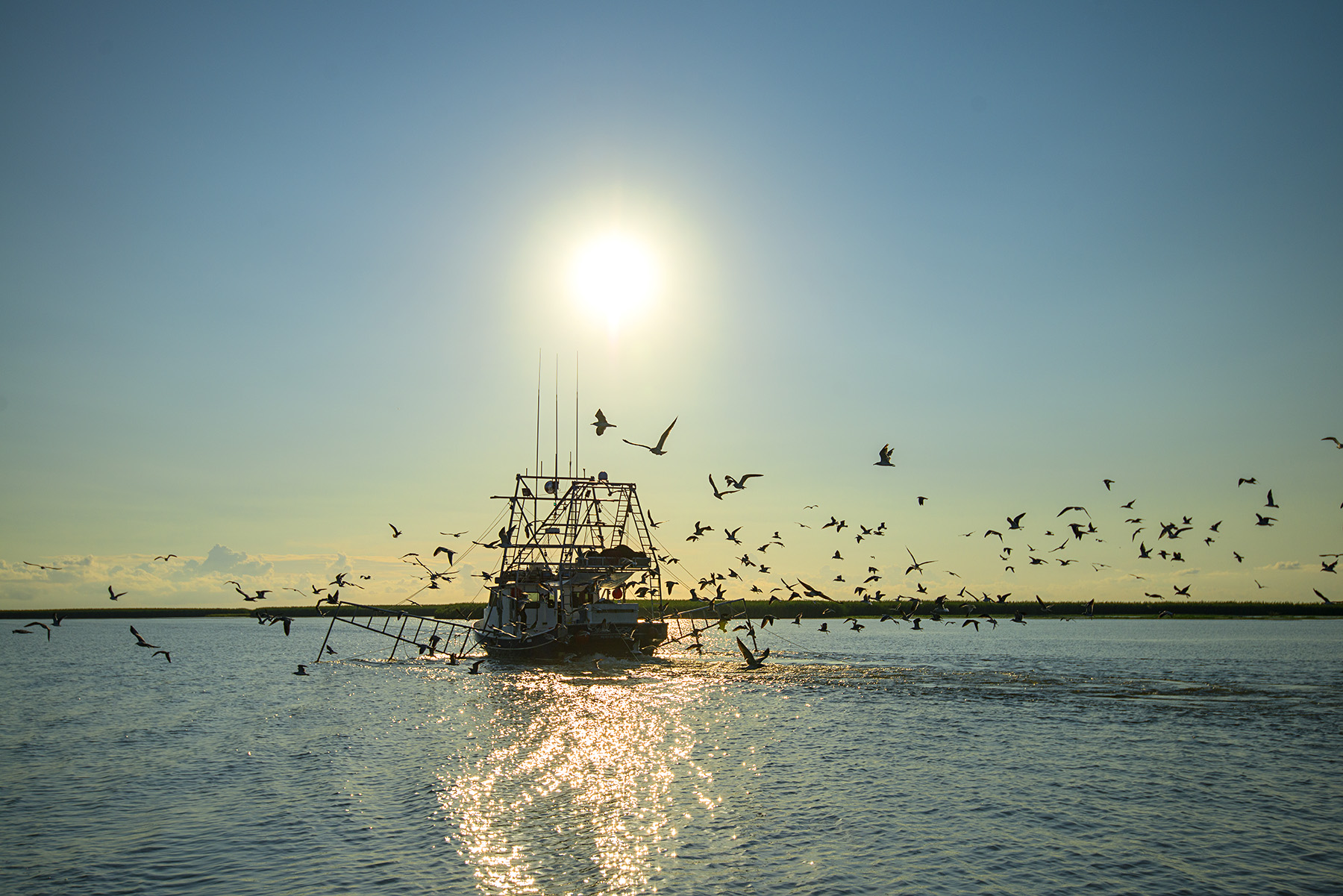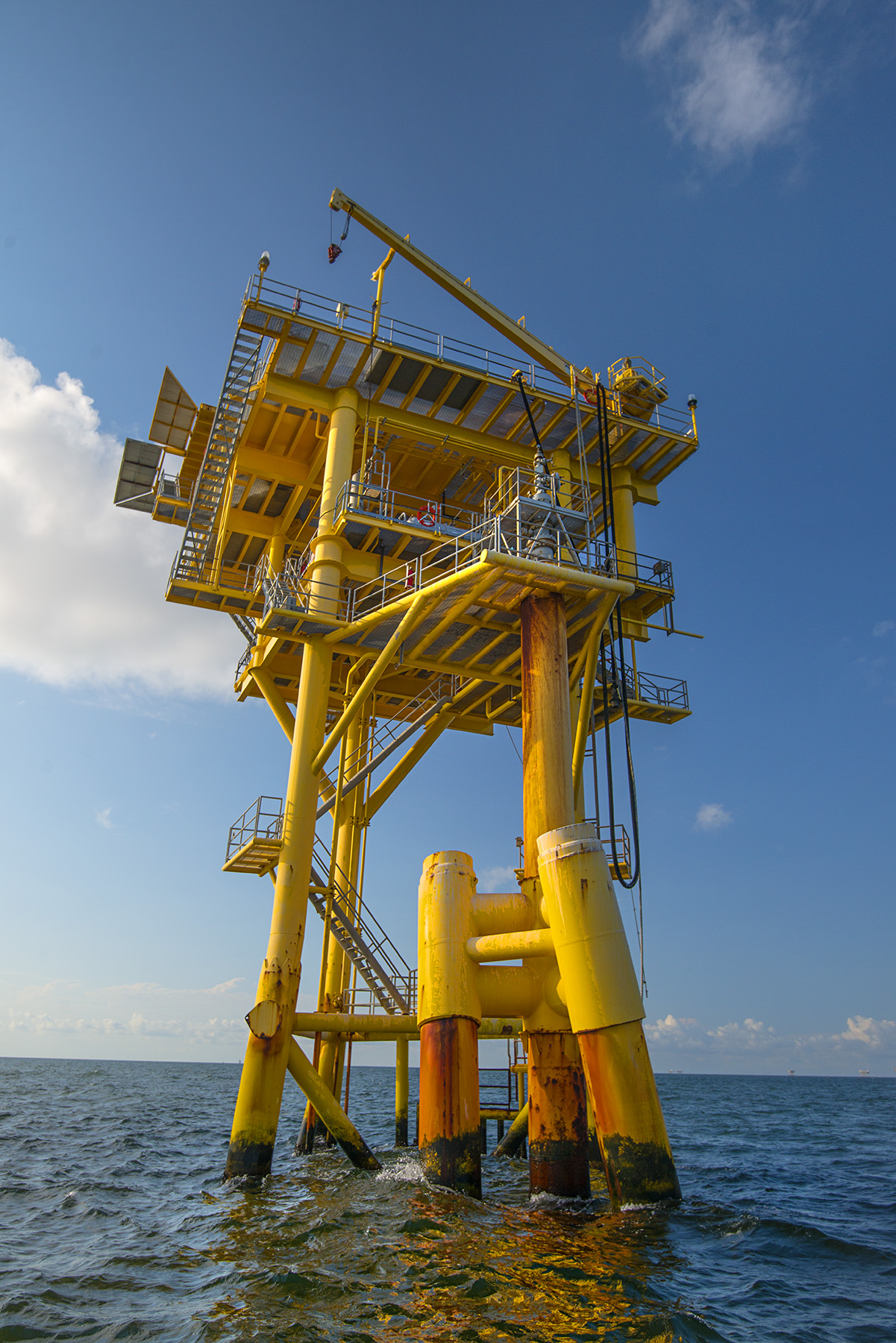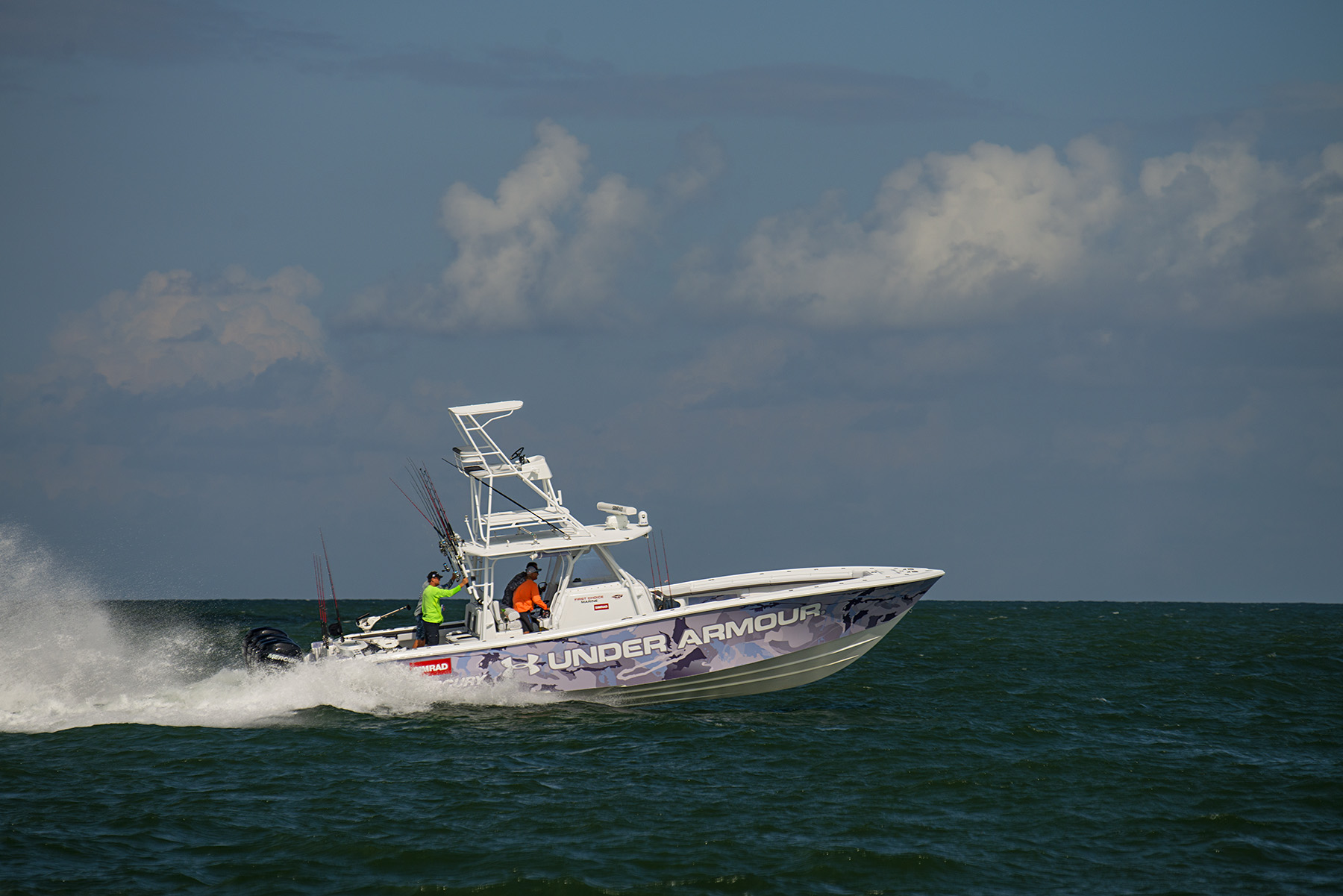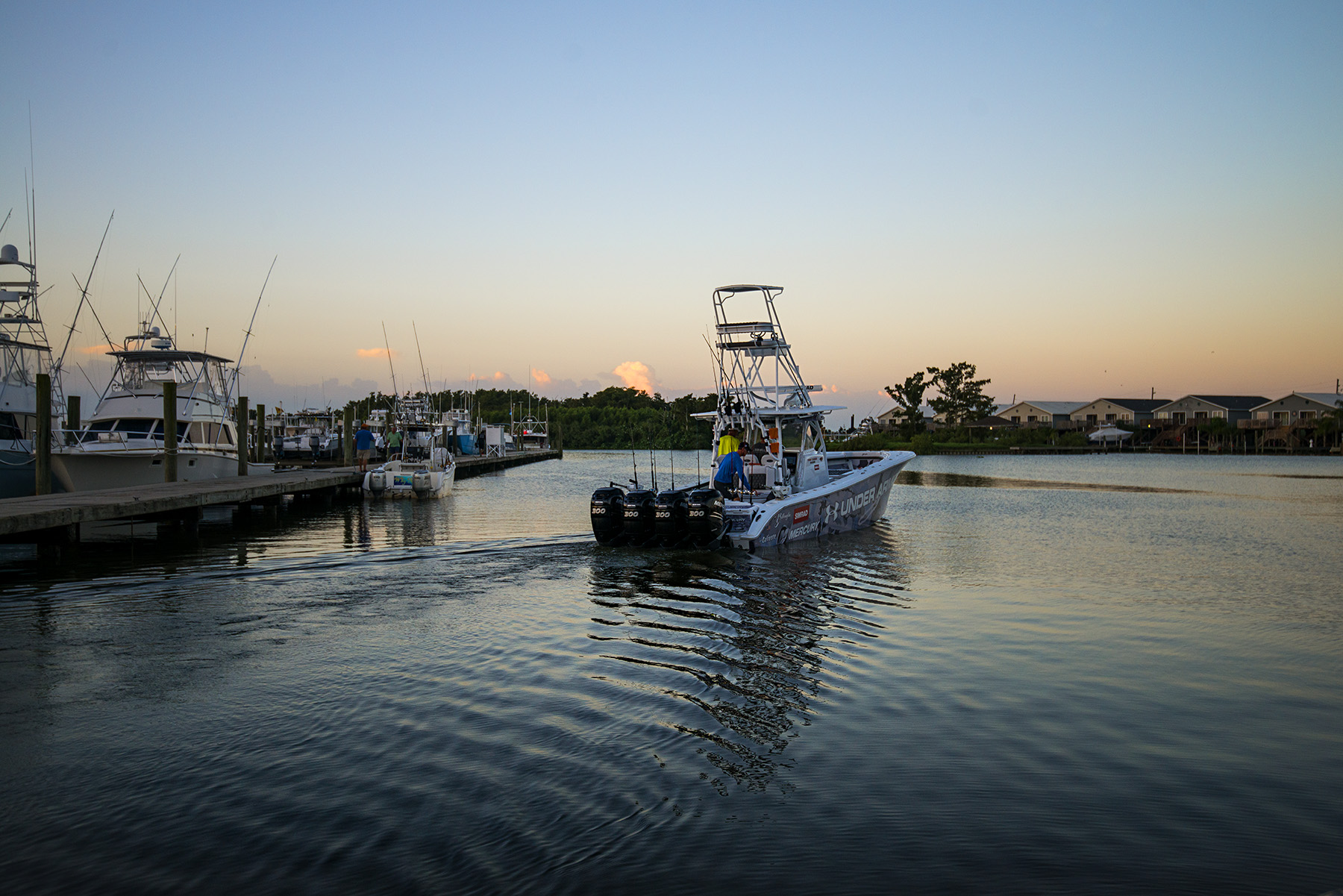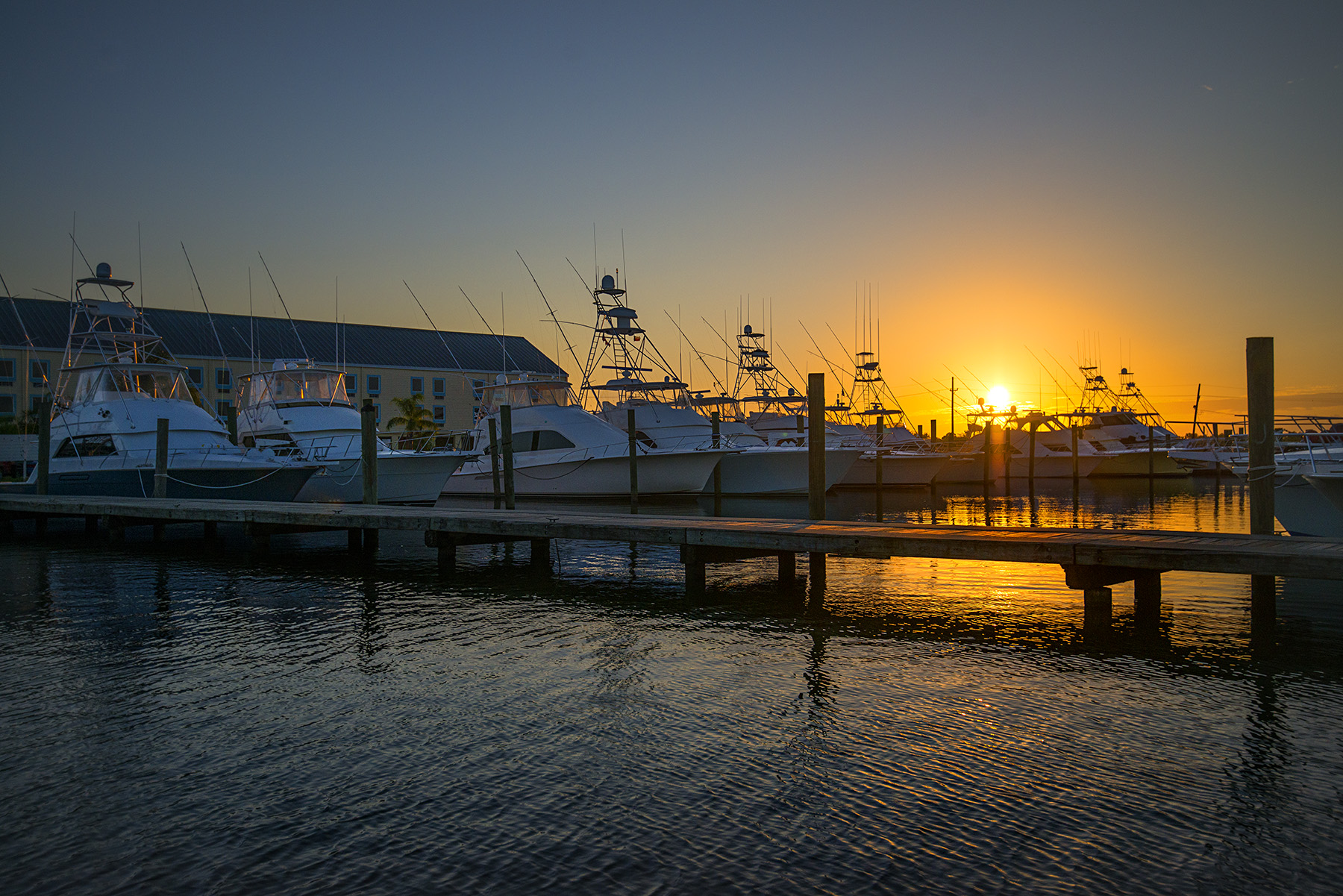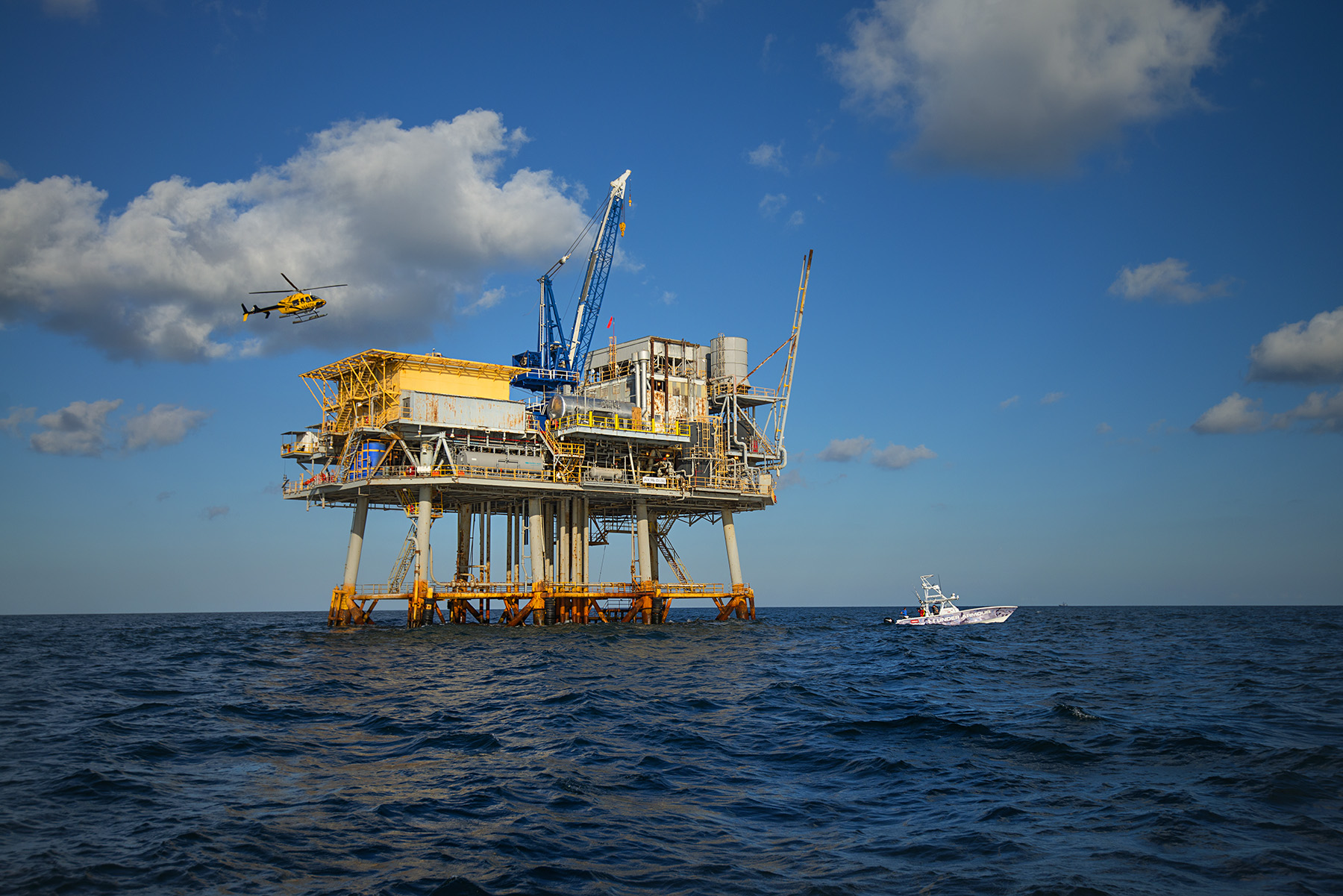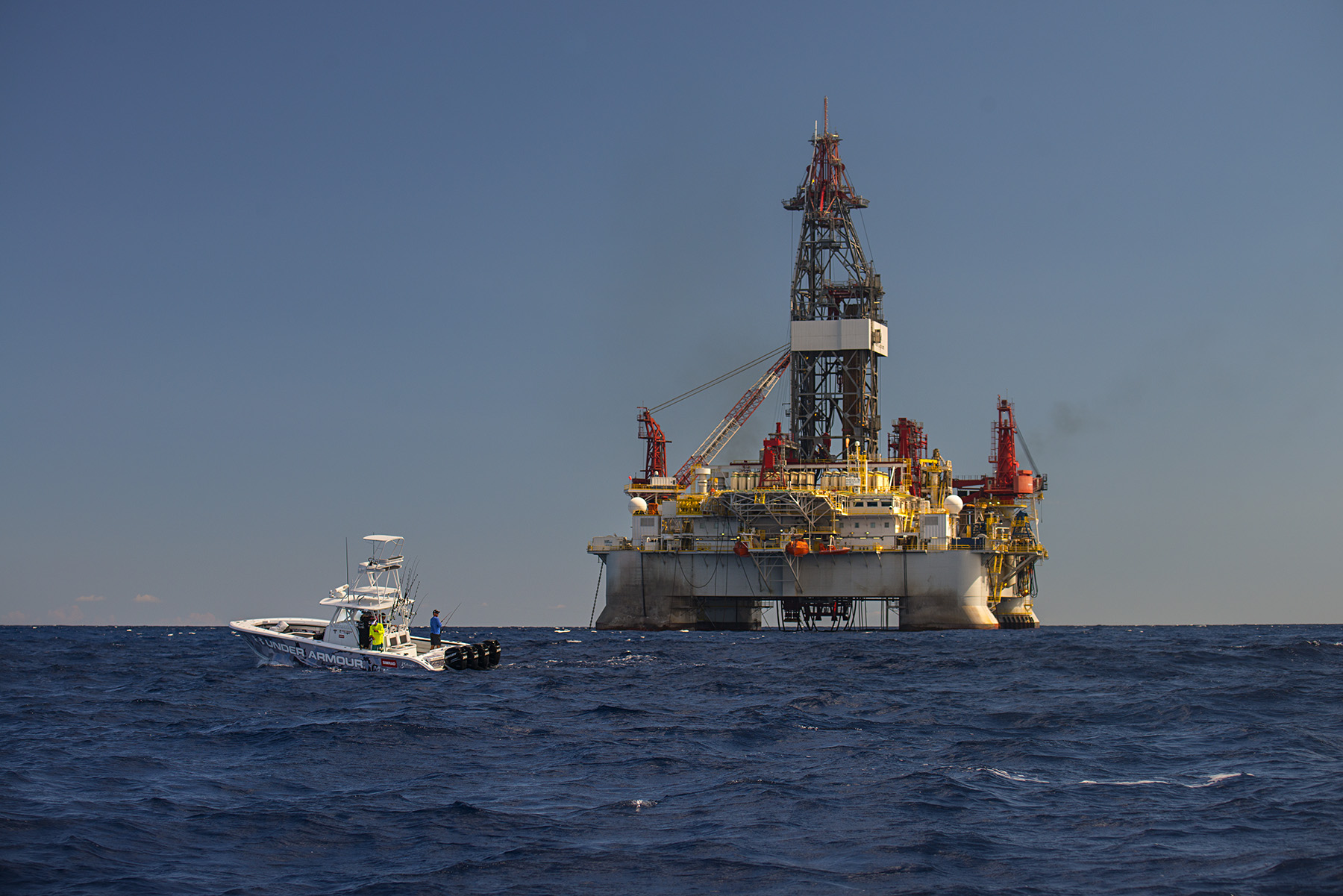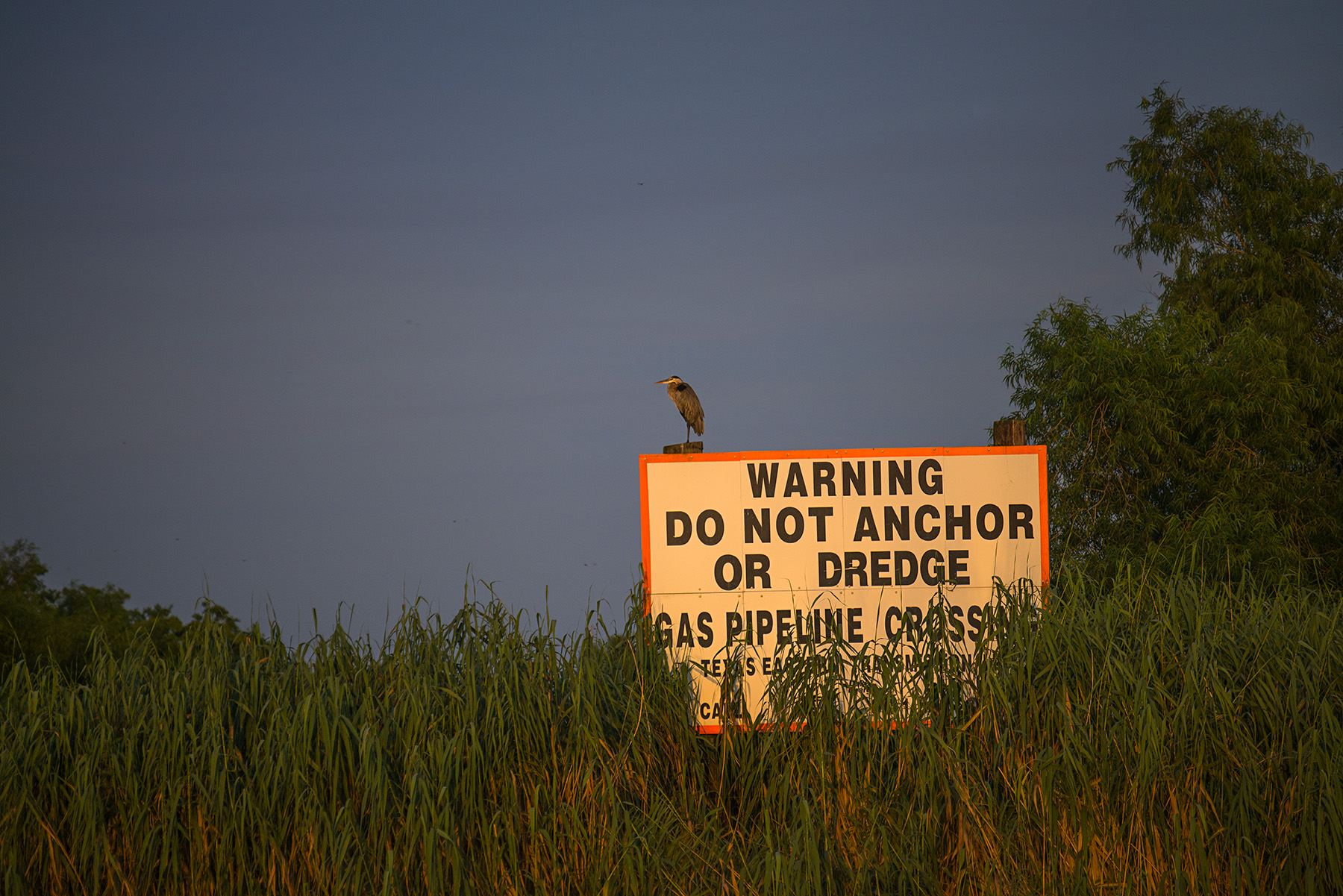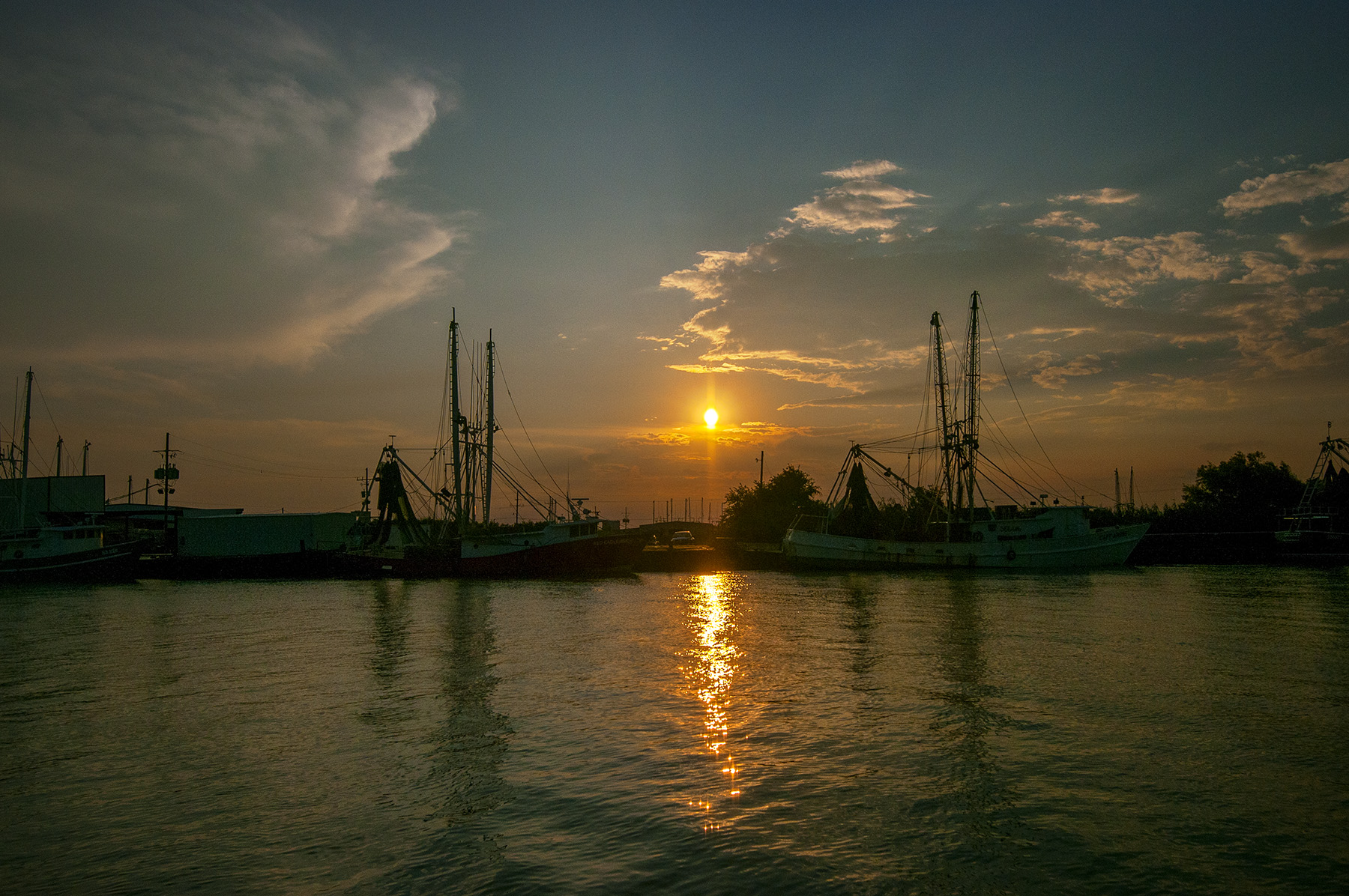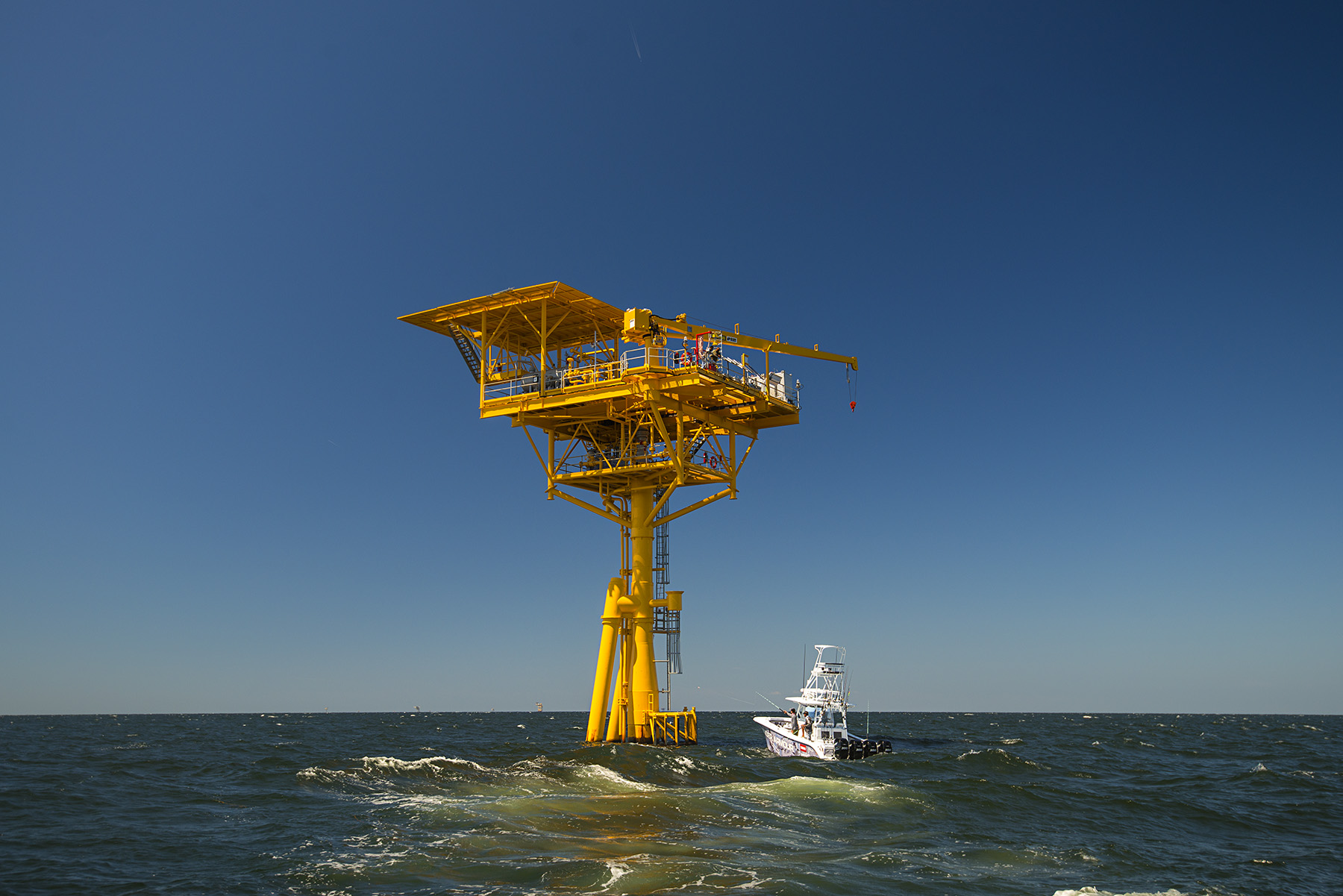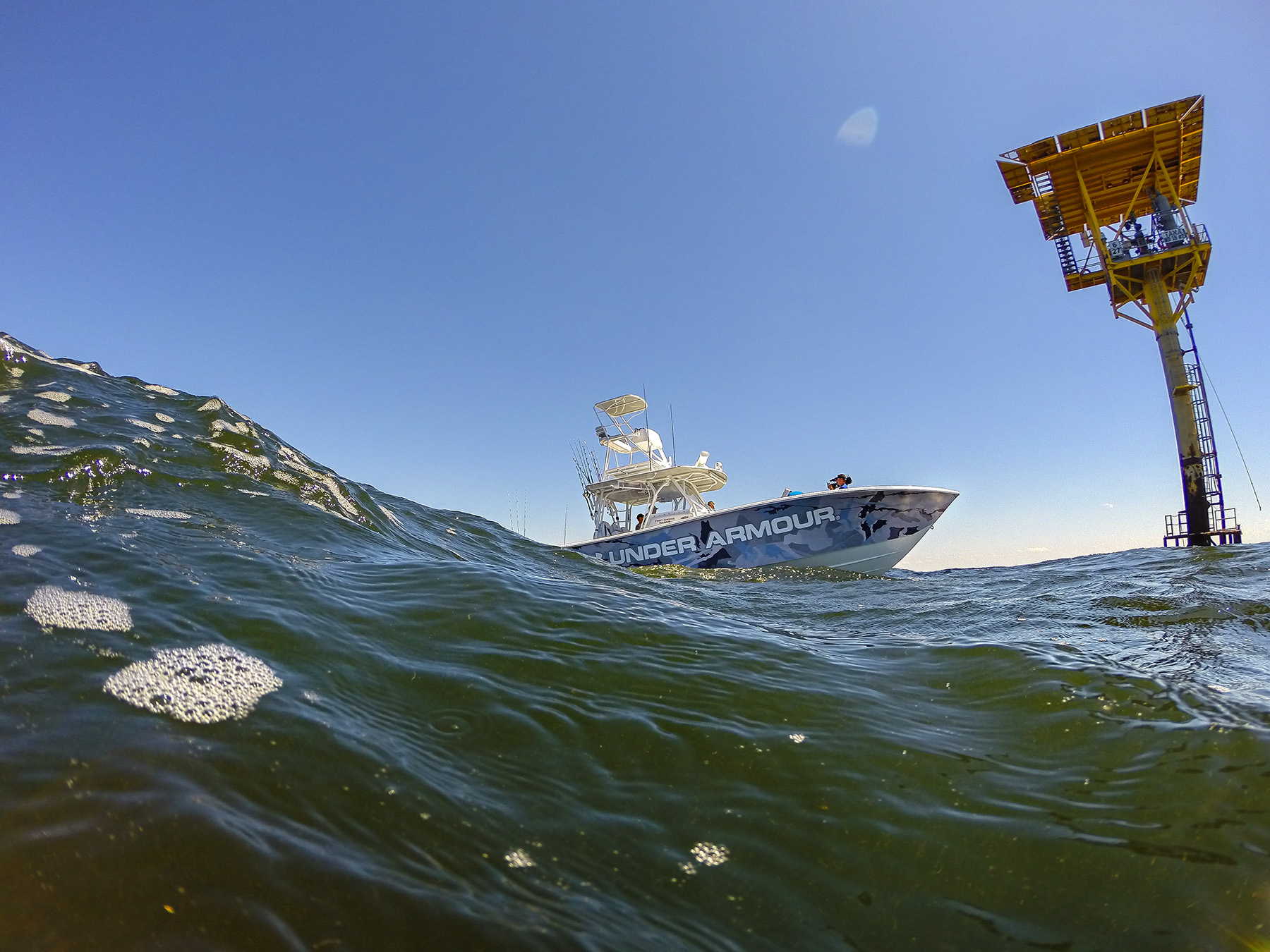Red, White and Blue Show
sunrise at the marina, looks like a good start to the day. nikon d800, 16mm, f/4.0, 1/30 sec
fire in the sky. nikon d300s, 70mm, f/4.0, 1/80 sec
The day we shot the Red, White and Blue show was probably my favorite day of the trip. We arrived at the marina and loaded gear into the two boats while an amazing sunset exploded the sky with color. As we rolled out into the channels that led us to the Mississippi it became clear that this would be by far, the calmest day we had seen. We stopped on our way out to cast net some mullet, then headed out a little ways to Sabiki up some blue runners as well. I was on the fishing boat from the start, so was able to shoot some good bait catching shots and some other detail stuff that I hadn’t been able to do from the camera boat.
a nice run out the mississippi. nikon d800, 16mm, f/5.6, 1/800 sec
The little sharks were quick to join the blue runner party, so as Scott and Steve loaded up the livewells, I shot some underwater of the little bait stealers. I use a GoPro on a long extendable pole for this kind of shot, it allows me to stay dry and to switch quickly back and forth between underwater and regular photography. The little sharks were fired up after eating a couple of runners, and would come right up to investigate the GoPro with mouths open. I had to dodge the teeth and bump them a few times, but got some fun shots. In about 20 minutes, we were full of bait and settled in for another half hour run out to a deep rig that Captain Billy Wells hoped was holding tuna.
Quickly after arrival at the rig, we saw tuna busting the surface, so they tossed out a few freebies and dropped back a couple of baits and quickly came tight. Scott made quick work of a little Yellowfin, which Steve handled and released. Scott dropped another bait back and a few minutes later called out “white marlin”. He had just seen a quick glimpse of a rounded dorsal working his bait and blurted it out. He came off the declaration a bit as he talked through what he had seen, “could have been a shark…” But he was determined to find out, a moment later he felt the bite, and dropped the bait back so that the fish could eat. Then he reeled down on it, setting the circle hook, the line came tight and the rod bent under the pressure, but there was no jump. Probably just a shark we all thought. But Walker had just come from a summer of amazing white marlin fishing in Maryland, so certainly nobody would want to call his instincts into question. A moment later it launched proving his call correct, and then kept jumping putting on a great aerial display.
Scott loves white marlin almost as much as sailfish, so hooking this fish 1200 miles from where he was catching them a couple of days earlier was awesome. The fight lasted about 25 minutes and when they pulled the fish along boatside, they realized that it was about a 100lb fish, which could have won a lot of money at the tournaments that Scott had been fishing back in Maryland. After a nice release we circled back around to the original position a little ways off the rig.
Now it was Steve’s turn. In the next half hour or so, they caught a few little tuna and worked through some sharks then Steve got a big bite. It became apparent quickly that he was locked into a pretty big yellowfin and that this might take a little while. After about a half hour, he got it to the surface, but with a cameraman in the water and the camera boat coming over for a shot, each time it came up, it would sound again. I was able to use the extended battle to my advantage to get some underwater shots of the tuna and a hammerhead that was investigating the activity. Eventually they brought the tuna on board and again we circled back to deploy more baits.
blue marlin launching. nikon d300s, 150mm, f/4.5, 1/5000 sec
another blue jump. nikon d300s, 200mm, f/4.5, 1/5000 sec
This time they dropped back a little tuna with the other baits to see if there were any bigger marlin around, and it turns out there were. A half-hour after catching the tuna, Steve’s marlin bait got hit hard, and a big blue marlin went airborne. Next, it did a series of jumps right past the rig before circling back around us. The fight went on for about 10 minutes before the big fish broke off, leaving us in silence. Despite losing the big blue, it had been a great day. They went on to catch a few more little tuna before a nice relatively smooth ride back to the docks.
blue marlin tailwalking past the rig before breaking off. nikon d300s, 70mm, f/4.5, 1/5000 sec

